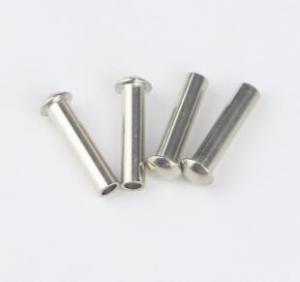-
 Retrouver dansMembres
Retrouver dansMembres Retrouver dansVidéos
Retrouver dansVidéos Retrouver dansChaînes
Retrouver dansChaînes
This website uses cookies to ensure you get the best experience on our website.
To learn more about our privacy policy Cliquez iciPréférence de confidentialité
- Mots clés - #Half Hollow Rivet , Rivets suppliers
-
- Dernière mise à jour 22 décembre 2021 0 commentaire , 256 vues, 0 comme
More from fu site
More in Politics
Related Blogs
Half Hollow Rivet Production Cost
Corps
The upper and middle parts of the Half Hollow Rivet cylinder are solid structures, and the tail part is a hollow structure. During installation, the hollow part of the tail part is squeezed and turned outwards to form a buckle to fix the connecting piece.
Hollow rivets are usually used in clothing, footwear, and other industries. Solid cores need to be riveted again and used to connect heavy workpieces. They are often non-detachable structures. Semi-hollow rivets are widely used. The beam opening (smaller tail) uses hard wire. Manufacture can penetrate steel plate within 0.5mm thickness without pre-holes, and rivets cannot be bent and deformed. They are widely used in password boxes, suitcases, and various bags. Hollow nails (semi-hollow rivets) are made of flexible wires. Riveting is generally required. After opening, it cannot be cracked. There are many types. Nowadays, semi-hollow nails or composite nails have been used to replace the axles on some toys, which can greatly reduce the production cost. Core pull and core rivets are mostly used for riveting thinner and soft materials. Rivets suppliers usually use materials with better plasticity.











commentaires